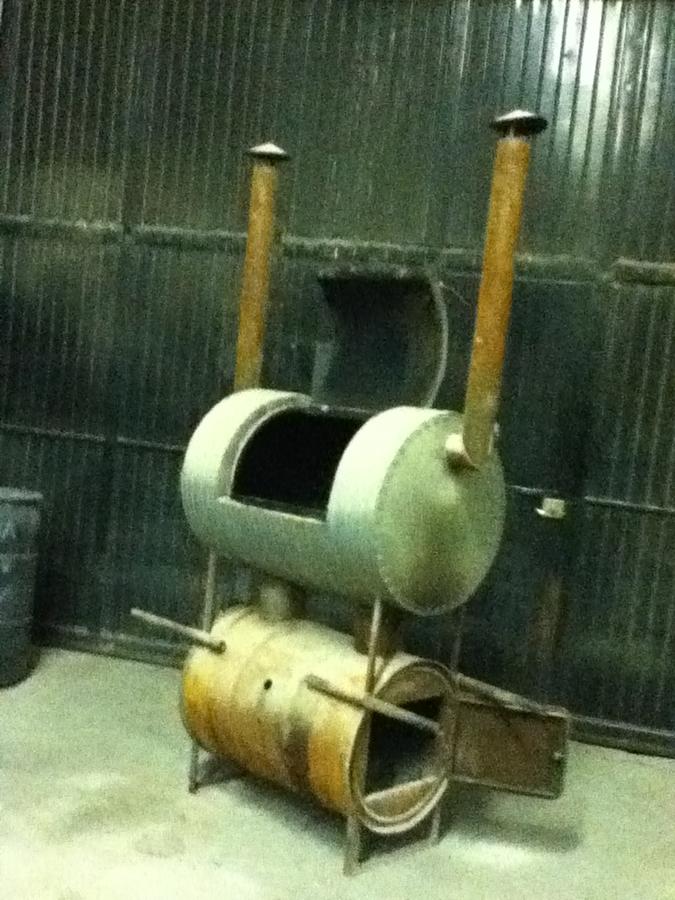Honestly, I personally don't think it has anything to do with wet or dry wood. It has more to do with the level of combustion. You really only want the wood to char. That char develops a fully combusted wood smoke that is dry and flavorful. When you are getting plumes of white smoke, it has 2 problems: 1.) it's simply too much smoke and 2.) the smoke is not fully combusted which will impart a bitter flavor to the meat.
Simply stated, you really don't even need to see the smoke. If you can smell it, the meat will soak it in. Start there, and introduce more smoke as your taste desires.
Suggestions: use chunk or log but not chips. Chips are too thin and once all of the moisture is gone (very quickly) they will burn as both sides of the thin surface reach the cumbustion point at roughly the same time. As a result, they flame up. Chunk and log have more surface area, therefore, they char as opposed to burning. Also, keep your wood out of direct contact with hot coals. I put mine to one side of the firebox, and keep the hot coals at the other side. Hot enough to get smoke, but not burn the wood.
Hopefully this will get you started.










